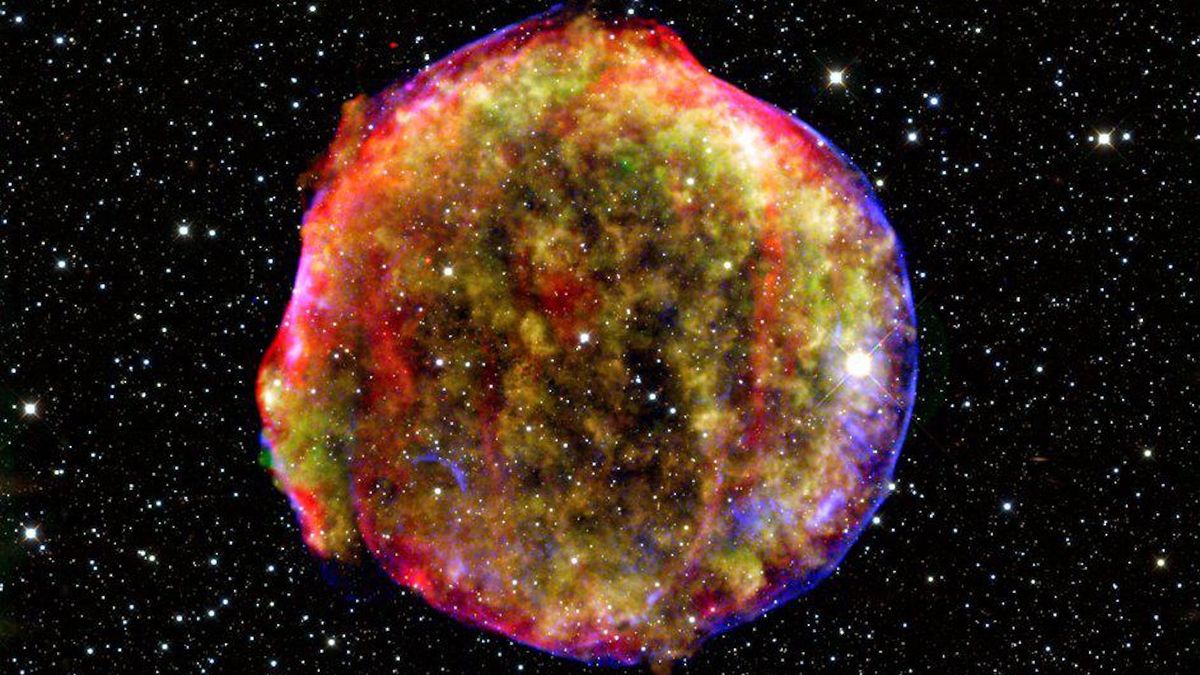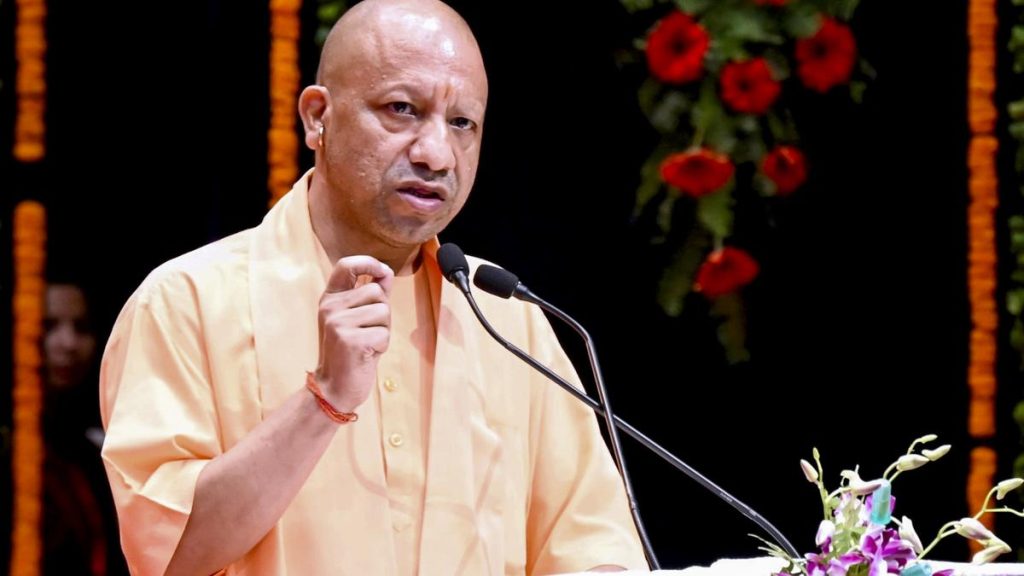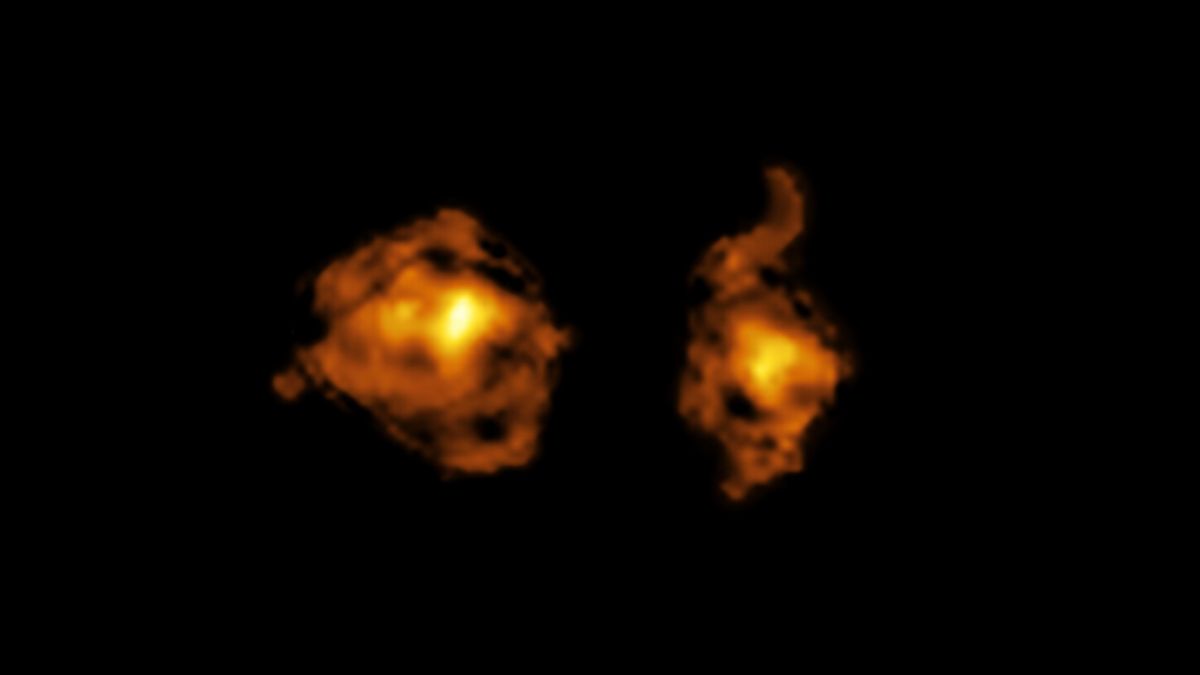Now Reading: Scientists Uncover Potential Cosmic Particle Collider Beyond Earth’s Scale
-
01
Scientists Uncover Potential Cosmic Particle Collider Beyond Earth’s Scale
Scientists Uncover Potential Cosmic Particle Collider Beyond Earth’s Scale

Quick Summary
- event: New research indicates that supernovas can briefly become the universe’s most powerful particle colliders.
- Mechanism: Cosmic rays,made primarily of protons,occasionally nuclei,are accelerated during a supernova explosion. Magnetic fields amplify subatomic particles’ energies to peta-electron volts (PeV).
- Conditions: For this phenomenon to occur:
– Stars must lose meaningful mass (at least two suns’ worth) before exploding.
– The ejected material must remain dense and compact near the star.- The shockwave from the supernova interacts wiht this shell of material to create PeV cosmic rays.
- Limitations: These “pevatrons” last only a few months before losing momentum. None have been directly observed due to their fleeting nature and distance limitations in current astrophysics technology.
- Context: Supernova remnants like Tycho disappointingly produced weaker-than-predicted cosmic rays; however, this discovery reconciles earlier discrepancies.
!Image: Rainbow-colored circular cloud with sparkling stars
Indian Opinion Analysis
This groundbreaking research not only advances our understanding of supernovas but also rejuvenates confidence in their role as producers of high-energy cosmic rays. For India’s growing astrophysical community-with institutions like the Indian Space Research Institution (ISRO) and Inter-University Center for Astronomy and Astrophysics-this progress offers compelling avenues for collaboration in cosmic ray studies. Enhanced insights into particle acceleration could inform broader applications across space exploration technologies.For nations such as India that aspire toward deep space exploration, mapping regions where “PeVatrons” might exist could help refine satellite positioning or anticipate phenomena impacting Earth’s atmosphere. Furthermore, it encourages sustained investments into observational infrastructure capable of capturing fleeting events like active PeVatrons-a challenge requiring international cooperation and scientific perseverance.
























